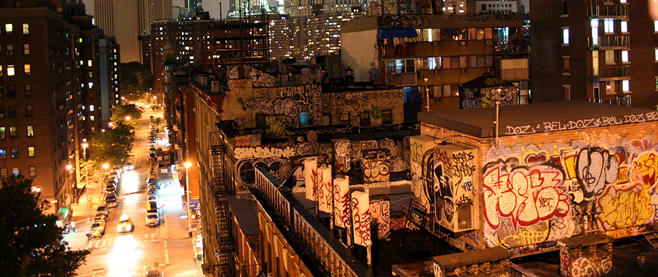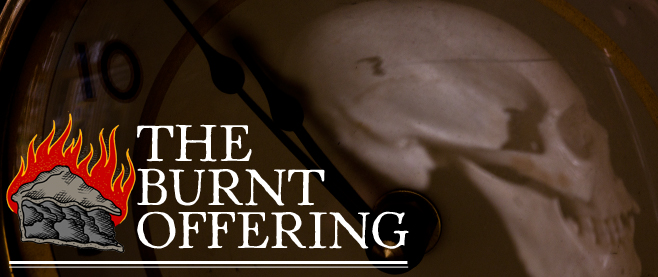Sunglasses, Flight Jackets, and Everything Else: from Machismo to Diversity in Top Gun: Maverick

Popular media is getting better at representation. That’s something already apparent in the video game industry, with the likes of Ubisoft Montpellier making leaps and recently reimagining overtly Orientalist titles like Prince of Persia to make them more “authentic.” Now, The Lost Crown (2024) is both the first-ever game to be localized in Farsi. It’s also the first in the franchise to feature woman composer Mentrix.
Arguably, this growing diversity can be credited to increasing global connectivity, where modern means to rapidly share information with a wider audience have shaped capitalist strategies to make products and services appeal to more demographics. And though people react differently to this rise in inclusivity—with some welcoming it fully and others calling it “forced”—it’s a welcome change that definitely still holds some room for improvement, especially with this trend leaving traditionally “male” spheres untouched.
Just take a look at action movies. They’re primarily associated with male viewers, but recent statistics from Fandango reveal they’re also the most popular kind of flicks watched by women. That’s despite the fact that the action genre is rife with weakly written female characters, strong manifestations of the male gaze, and the blatant promotion of more “macho” stereotypes that define these films as intended for men.
So, what can improved diversity look like in action movies? The Top Gun franchise, one of the most beloved in the genre, may hold answers in the creation of the 2022 sequel to its iconic ’80s flick.
Uncovering machismo culture in Top Gun (1986)
Machismo culture essentially upholds the toughness, self-reliance, and hyper-manliness that are all hallmarks of toxic masculinity. Here, there’s nothing more testosterone-fueled than Top Gun, the weapons program that forms the backbone of this film. Whether you’re watching Tom Cruise’s character Maverick repeatedly break protocol, endlessly hit on Charlie—pretty much the only woman in the main cast—or intimidate other characters with some locker room posturing, you’re getting the representation of all the values that empower men to be more masculine than what’s arguably healthy. That symbolism is only further established by the costume design choices made for this film.
You’ve got the trusty Porsche Design Chronograph 1 wristwatch popular for its sleek, black design and for being the first watch to be developed and released by the luxury car brand. You’ve got those iconic Aviator shades. These are arguably the most popular of Ray-Ban’s sunglasses, which already include other classics like the Wayfarer and Clubmaster. They were originally designed for military pilots—perfect for Top Gun—and Cruise donning them further underlined the masculinity implied in serving in the military. You’ve even got the Maverick jacket, a bomber-style creation adorned with none other than patches honoring the USS Galveston. This warship’s history dates back to World War II, and its patches symbolize the “toughness” of someone who’s able to claim having served in that conflict and similar ones.
However, these are all things that do appeal to male viewers because they empower their sense of machismo. So much so, in fact, that the movie even helped make military life more appealing to more teens looking to be just as macho as Tom Cruise. The result? A recruitment bump for the US Navy in 1986. So what exactly does Top Gun: Maverick do differently, and does it matter?
Empowerment inclusivity in Top Gun: Maverick (2022)

Maverick does exactly what plenty of popular franchises are aiming to do today: to infuse diversity into its content, appeal to more viewers, and ultimately enhance its longevity in pop culture circles by keeping itself relevant for longer. Right off the bat, the film boasts a cast that goes beyond the “default” straight white male ensemble, helping illustrate the diversity of race and gender within fighter pilot culture itself. That’s exemplified by the inclusion of the likes of Charles Parnell, Bashir Salahuddin, and Monica Barbaro, who all take to the skies alongside Cruise. That’s not to mention that the film no longer focuses solely on one man “winning” a weapons training program—it instead concentrates on more all-encompassing themes like trust and teamwork that don’t always jibe with traditional masculine ideals.
As with its predecessor, the film also aims to further emphasize those points through costume design, especially with diverse creatives like woman designer Marlene Stewart working in the wardrobe department. Though it’s clear that Stewart successfully recaptured the heart and soul of the original Top Gun—with iconic pieces like the Porsche watch, Ray-Ban Aviators, and flight jackets all making a reappearance—she did so equally across cast members. What that means is that stereotypical aesthetics did not make their way into the film’s wardrobe. All women and people of color who took part in the film were dressed to the nines with respect to the context of the Top Gun program. Every piece, though custom-made to fit each actor, did not infuse any sense of hierarchy or objectification.
At the end of the day, Top Gun: Maverick used key themes and symbols to let go of the one thing the action genre is known for—machismo. But did it do so simply to draw in more viewers and bring in the big bucks (with the film earning nearly a quarter of a billion dollars during its opening weekend)? Or did it just want to more accurately represent the face of a US military that, in reality, boasts 43% non-white personnel? Maybe the answer is more straightforward: as a sequel, it simply wants to retell the story of Top Gun in a way that resonates with a new generation of movie-goers—and in this case, that calls for better diversity and inclusion. Whatever the case may be, Top Gun: Maverick shows us that representation can be done well, even in traditionally male-dominated spheres of popular media like action films.




